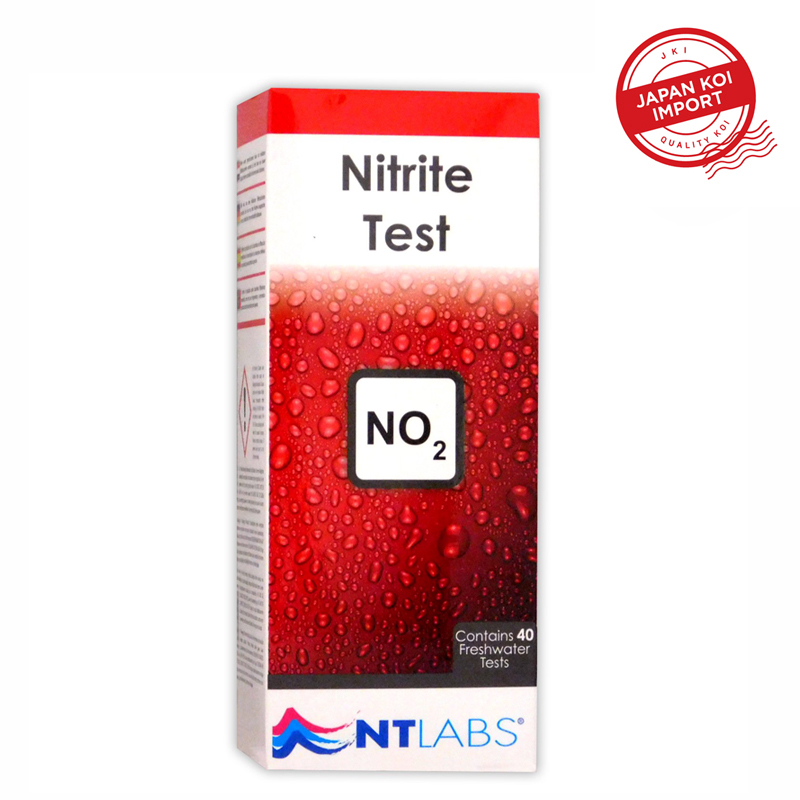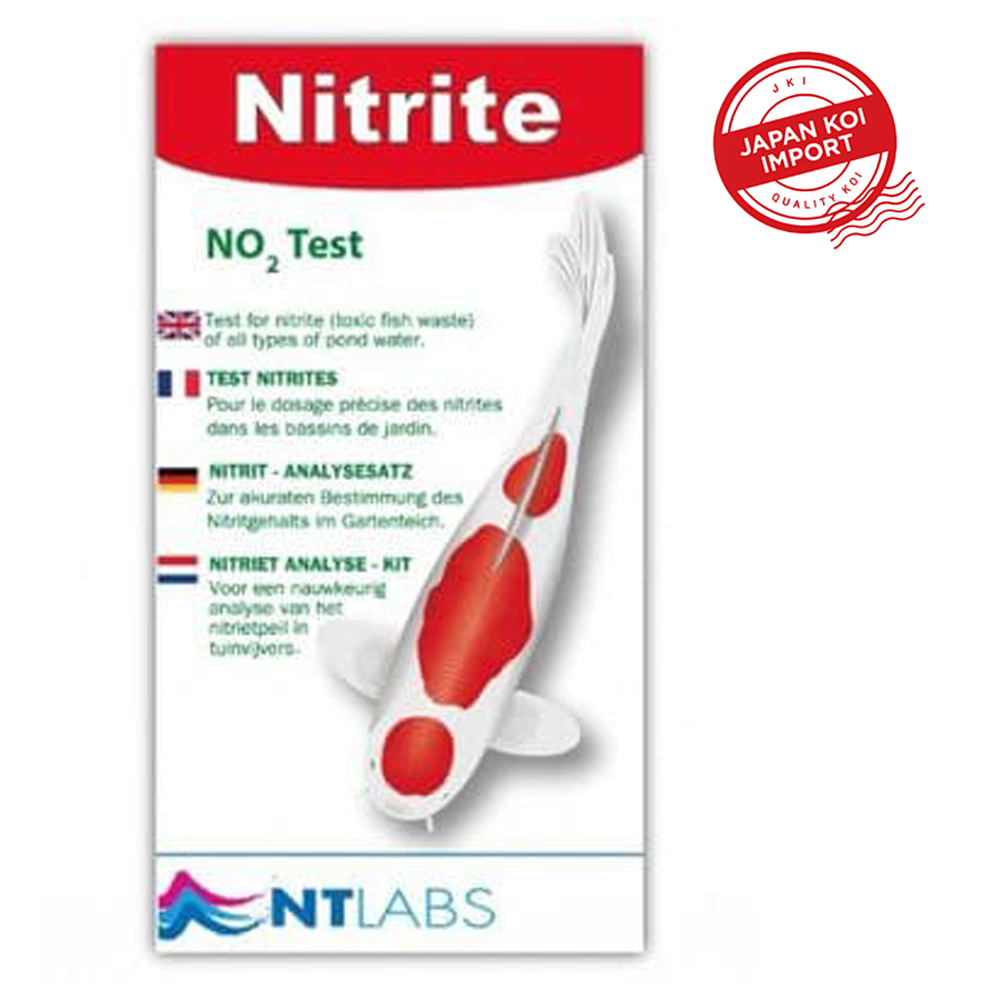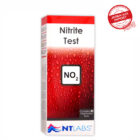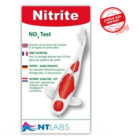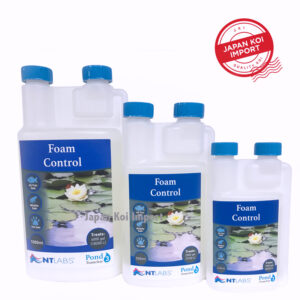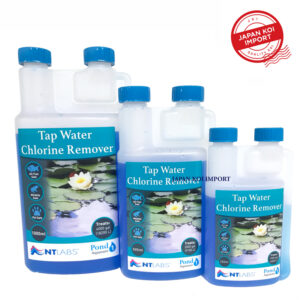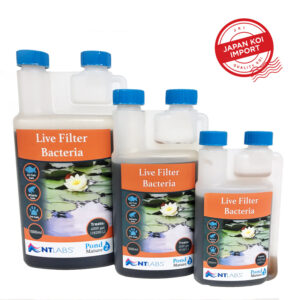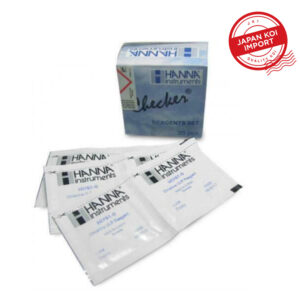Description
Pond – Nitrite Test
Test Kits – NT Labs Nitrite ContentsThe Nitrogen CycleNitrite – Test Kit Instructions
What is nitrite?
Nitrite is produced by beneficial filtration bacteria as they break down the harmful waste ammonia excreted by the fish. Like ammonia, it is not visible to the naked eye. Although it is not as toxic as ammonia, nitrite is still very damaging to the health of the fish. Nitrite itself is broken down into nitrate, which is practically harmless to fish.
What is the correct nitrite level?
There is no occasion where any nitrite is tolerable in an aquarium. A level of zero mg/L (ppm) should be maintained at all times.
What do I do if the Nitrite level is wrong?
If 0.25 – 0.5 mg/l (ppm) of nitrite is found, then add Filter Bugs. If a level above this is recorded, then a substantial water change is essential. Change 25% of the water volume for 1 mg/l (ppm) nitrite and 50% for nitrite levels above this. If any level of nitrite is detected Zeolite will remove ammonia (and thus nitrite) from the water and can be recharged. If you do record a nitrite level, then it is important to check other vital water quality parameters, especially pH and ammonia.
How to use?
Ensure the test tube is clean.
Take a 5 ml sample of water into the test tube.
Add 5 drops of the Nitrite reagent.
Replace the test tube cap and shake thoroughly.
Wait 2 minutes, then compare the colour of the sample to the colour scale provided. Zero nitrite is represented by a colourless sample. Any hint of pink in the sample indicates the presence of nitrite in the water. Any colour forming after the two minutes should be ignored.
This test kit reports concentration in terms of nitrogen (NO2-N) to be compatible with reported safe concentrations as they apply to fish and plants. If you are interested in knowing the ionic concentration of the measured parameter, multiply your result by 3.29 (NO2-N). For more information on this calculation, click here.
Contains 40 Tests

